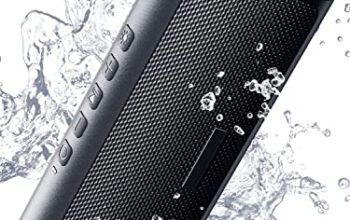CCTV (Closed Circuit Television) is a type of security system that monitors areas of a building or premises. It’s commonly used to protect businesses from crime and vandalism.
The main function of a CCTV system is to capture footage that is sent to a control room where it can be watched. Some systems record video indefinitely while others only operate as needed to watch a certain area or event.
Real-time Monitoring
CCTV systems enable security staff to be alerted as soon as a potential crime is detected. This means that incidents can be stopped before they happen, saving time and money as well as protecting property.
CCTV can also be used to monitor traffic and crowds in public spaces. This is especially important in places like airports where long queues may cause people to lose their way or miss check-in.
CCTV operators must constantly monitor footage for hours at a time, and respond quickly to anything unusual they spot. This can strain their eyes, so CPNI recommends that control rooms have a comfortable, open layout and screens set up at the correct height to avoid glare from natural or artificial light.
Detection of Crime
CCTV systems are used for a variety of purposes, including crime detection. They can operate continuously or only as needed to monitor a certain event, for example, when someone is breaking into a building.
Detecting crime with CCTV can help police and other public agencies make better decisions and reduce incidents. It can also help detectives find witnesses to a crime.
Although there is some evidence that CCTV systems can help prevent crime, the effect size varies by crime type. For instance, robbery is more likely to be detected with CCTV footage than drug offenses or crimes that occur at unpredictable time intervals.
Recording
Whether you’re monitoring your property or keeping an eye on your business, CCTV is an important part of security. It helps prevent theft and vandalism, provide deterrents, and give you peace of mind that everything is under control.
CCTV systems include cameras, a recorder, and monitors that show the video footage. These devices can be wired or wireless, and can transmit both video and audio.
The recorder can be a digital or analog device, and it converts the raw footage into a digital format. Then it compresses the video file to fit on a hard drive.
A digital CCTV system allows video to be transmitted directly to a computer without using a cable. This allows surveillance automation and remote monitoring, but is more expensive than an analog system.
Deterrence
Deterrence is the concept that people are less likely to commit crimes if they know they will be caught and punished. This principle is also called “certainty.”
CCTV systems can be designed to be a strong deterrent for crime. They can make a criminal think twice about committing a crime, and they can also help prevent crime from occurring in the first place.
For example, Camius floodlight security cameras can be programmed to turn on and off based on motion or set to automatically trigger as a warning light or strobe. These features can be set to run all day and night. The system also includes an alarm that can be activated when motion is detected in the sensor range, preventing intruders from breaking into your property.
Security
CCTV security systems can be a valuable tool for preventing and detecting crime. They can also provide useful evidence for prosecution in court should a crime take place.
Most CCTV cameras can record everything they see. However, this can quickly fill up internal storage space.
One way to combat this is to configure your CCTV system so that only footage that is relevant to the camera’s current field of view is recorded. This helps to ensure that you don’t waste valuable storage space on unnecessary footage.
CCTV can also help you detect unauthorised access, loitering and many other suspicious behaviours. This can prevent unwanted visitors from entering or causing damage.


